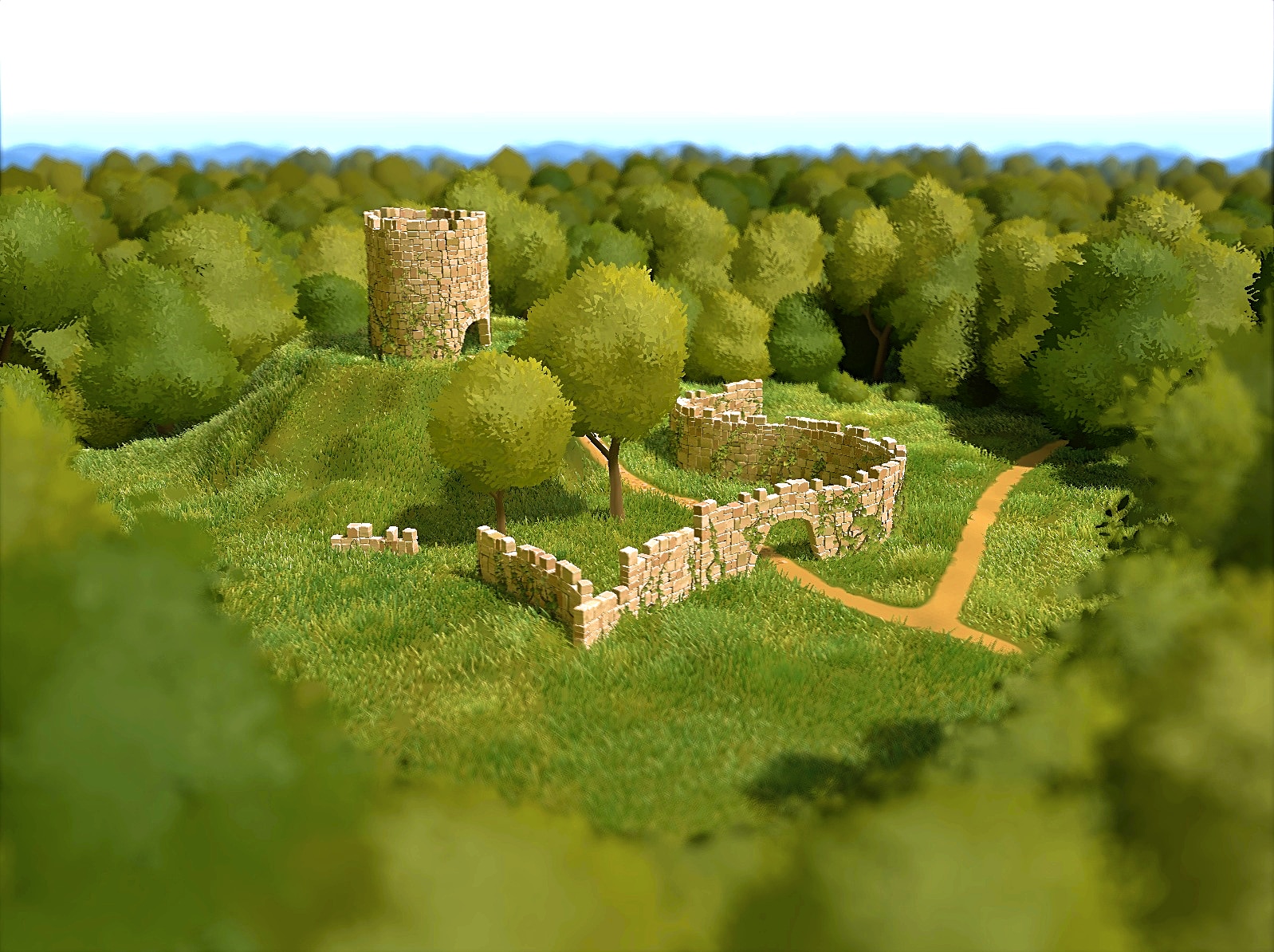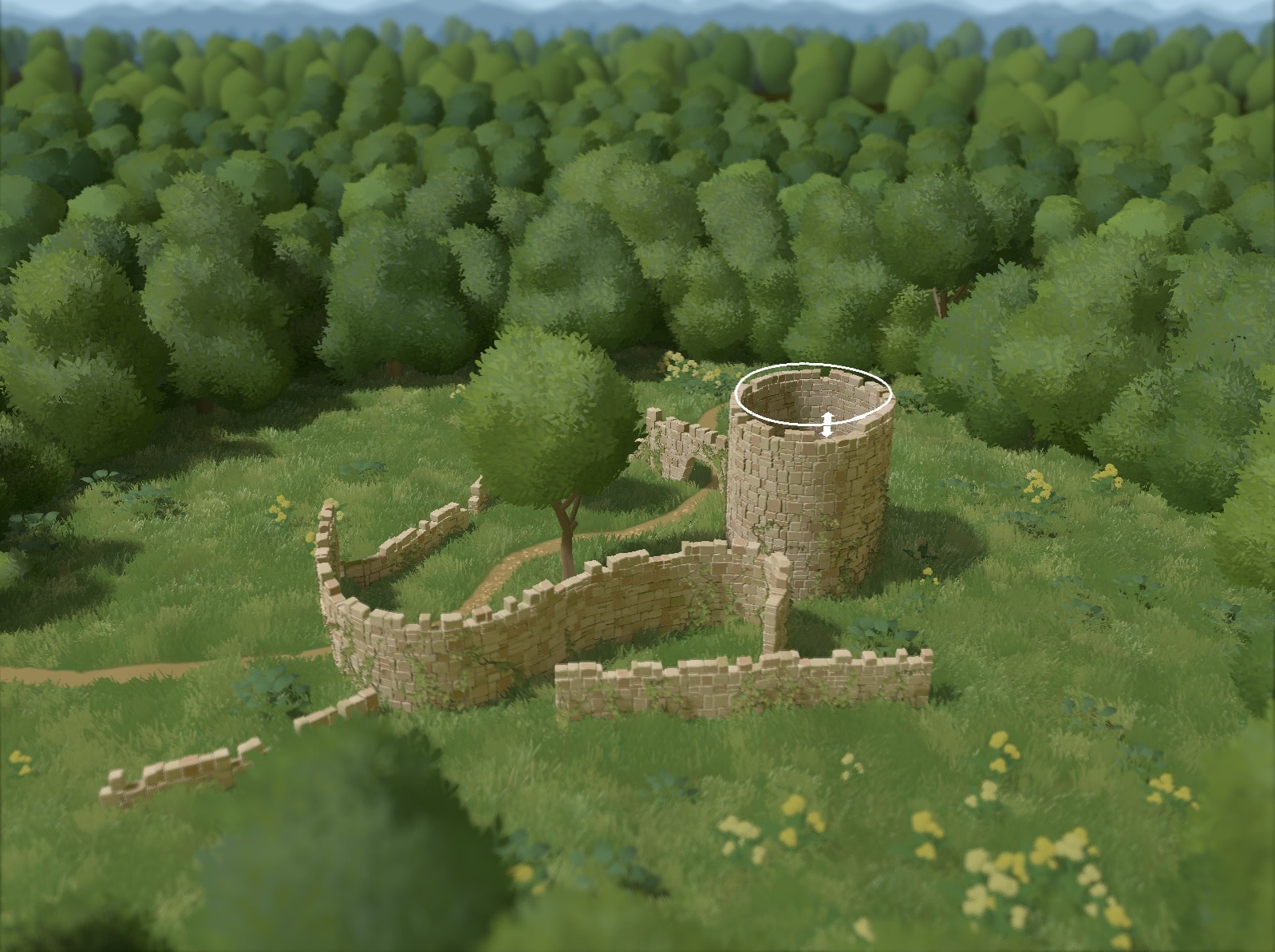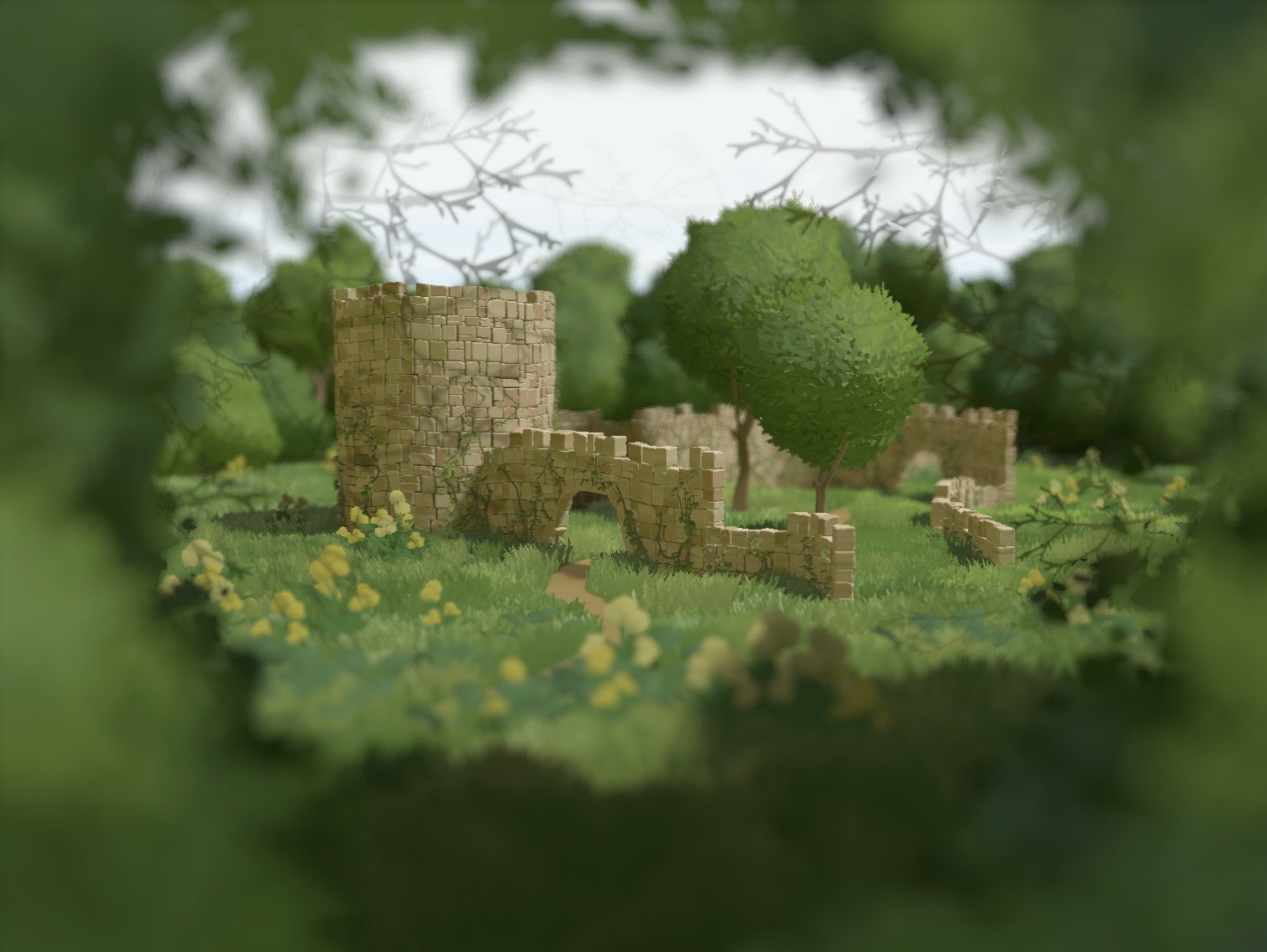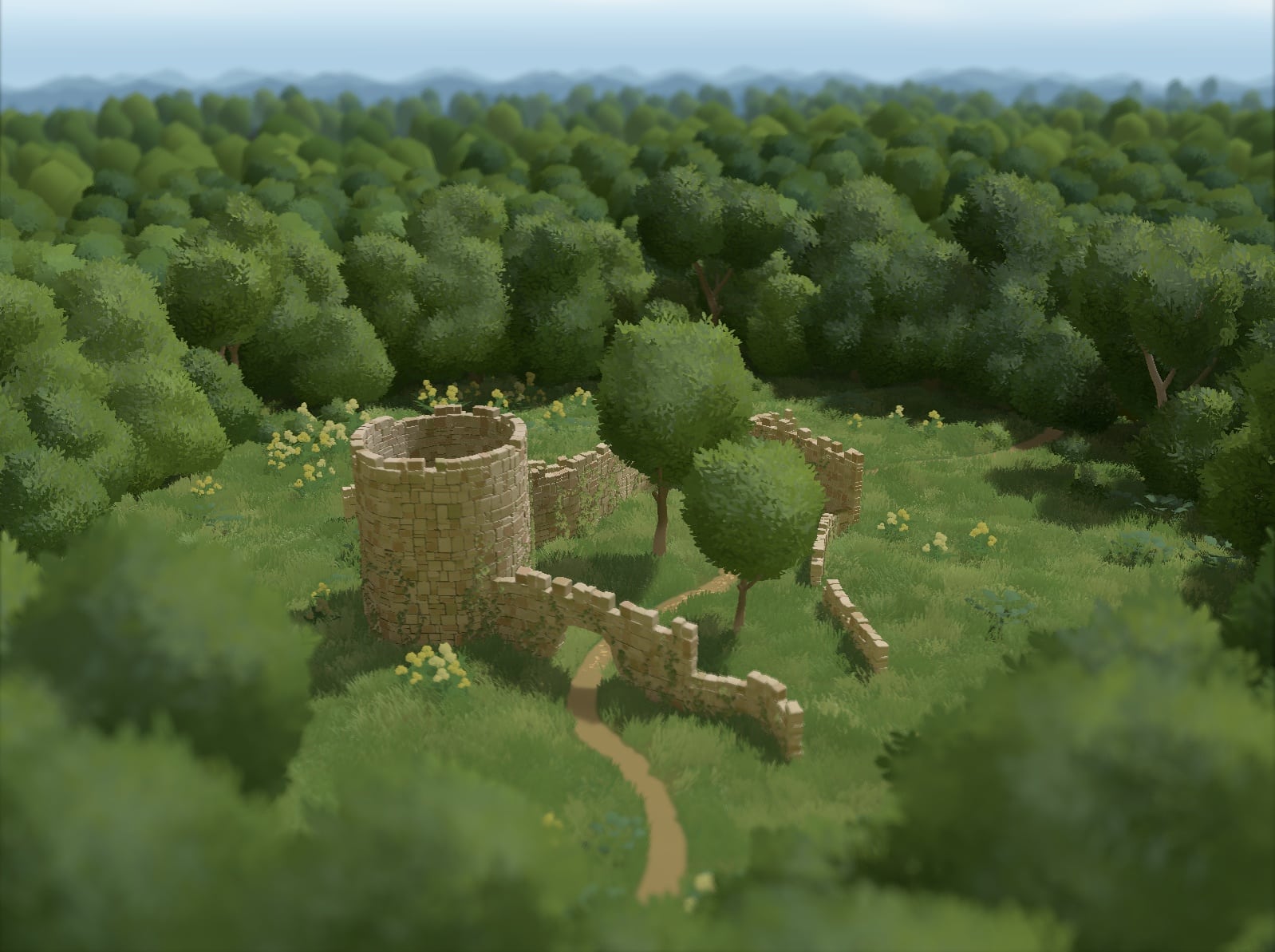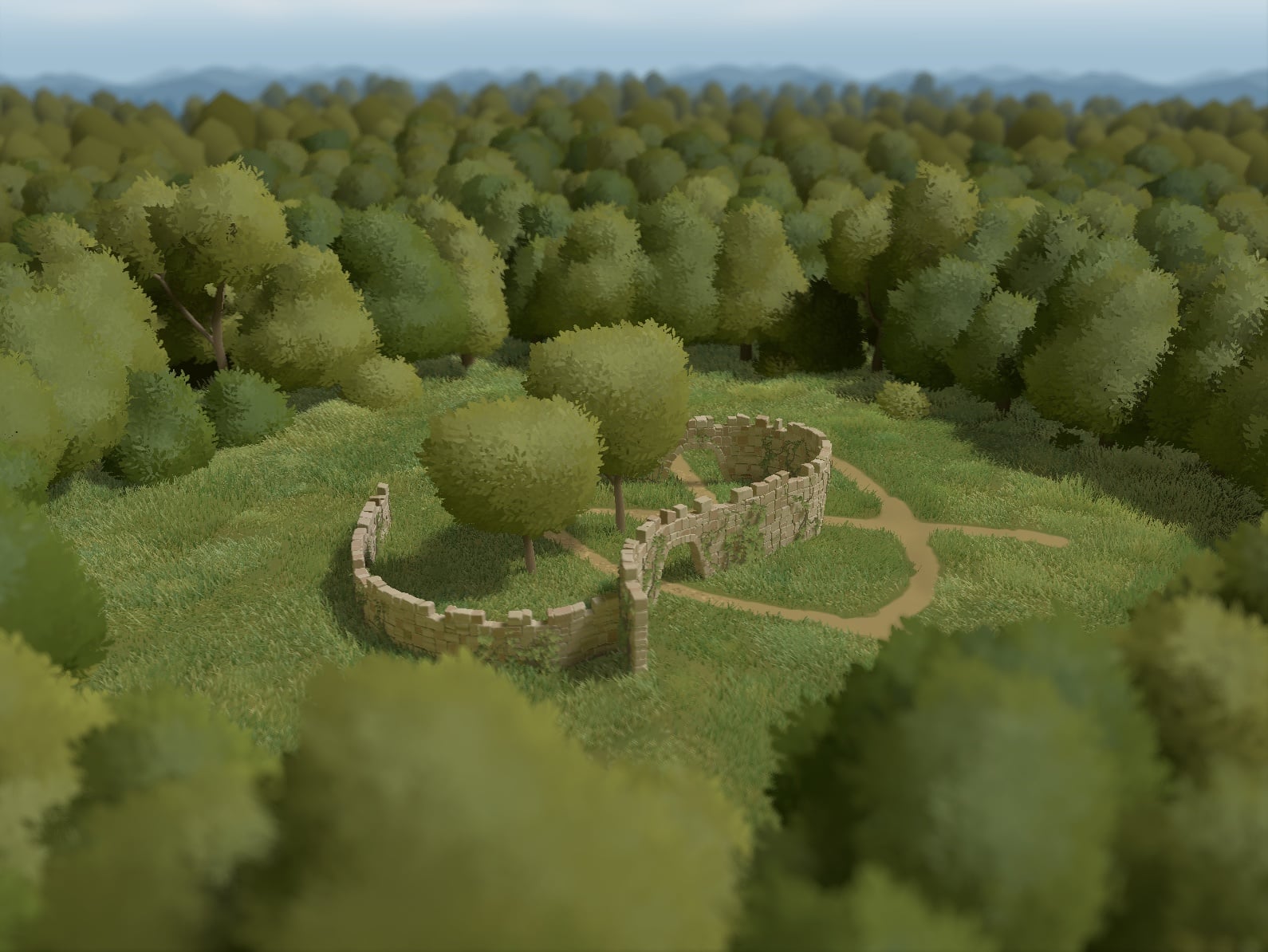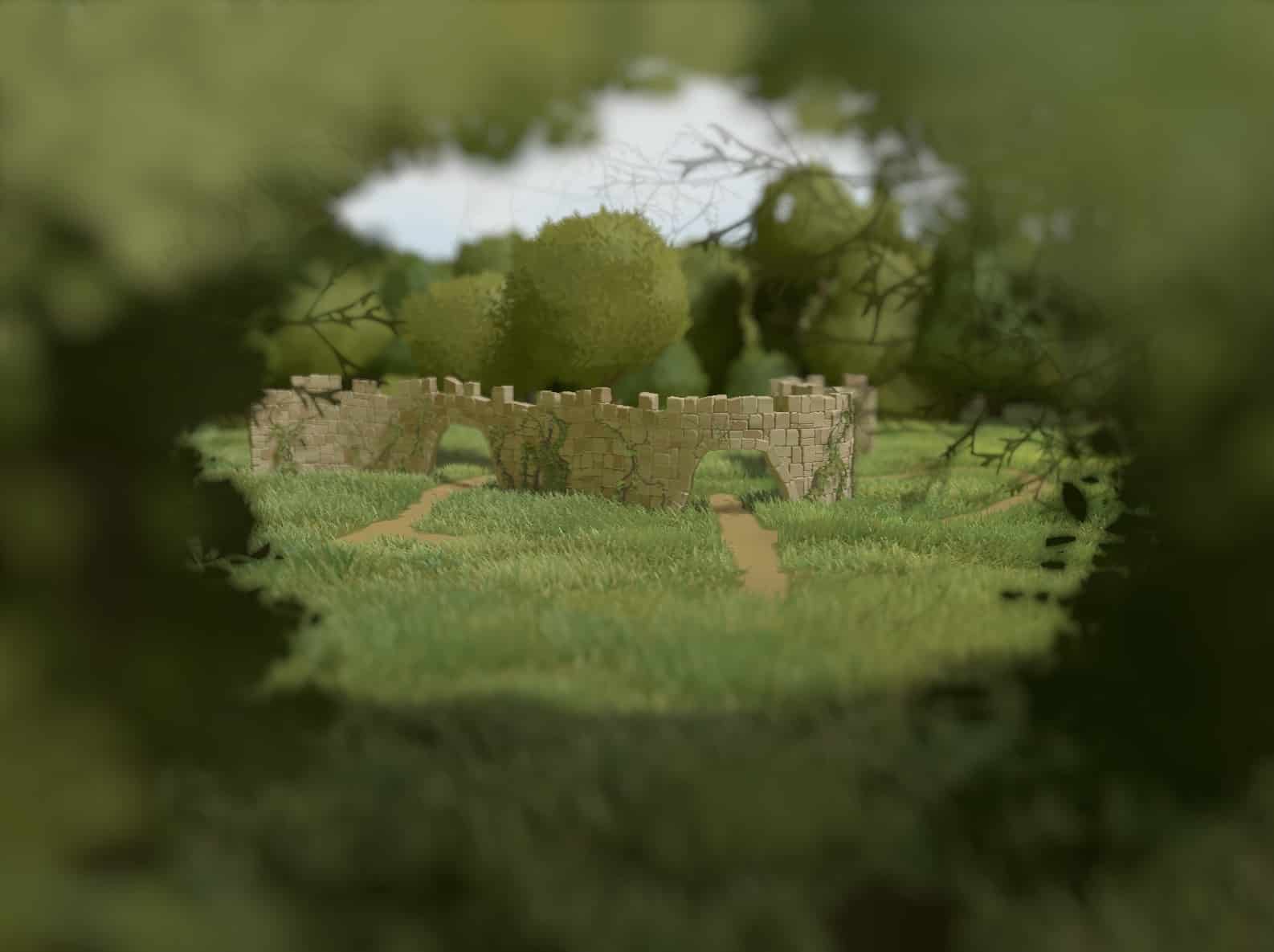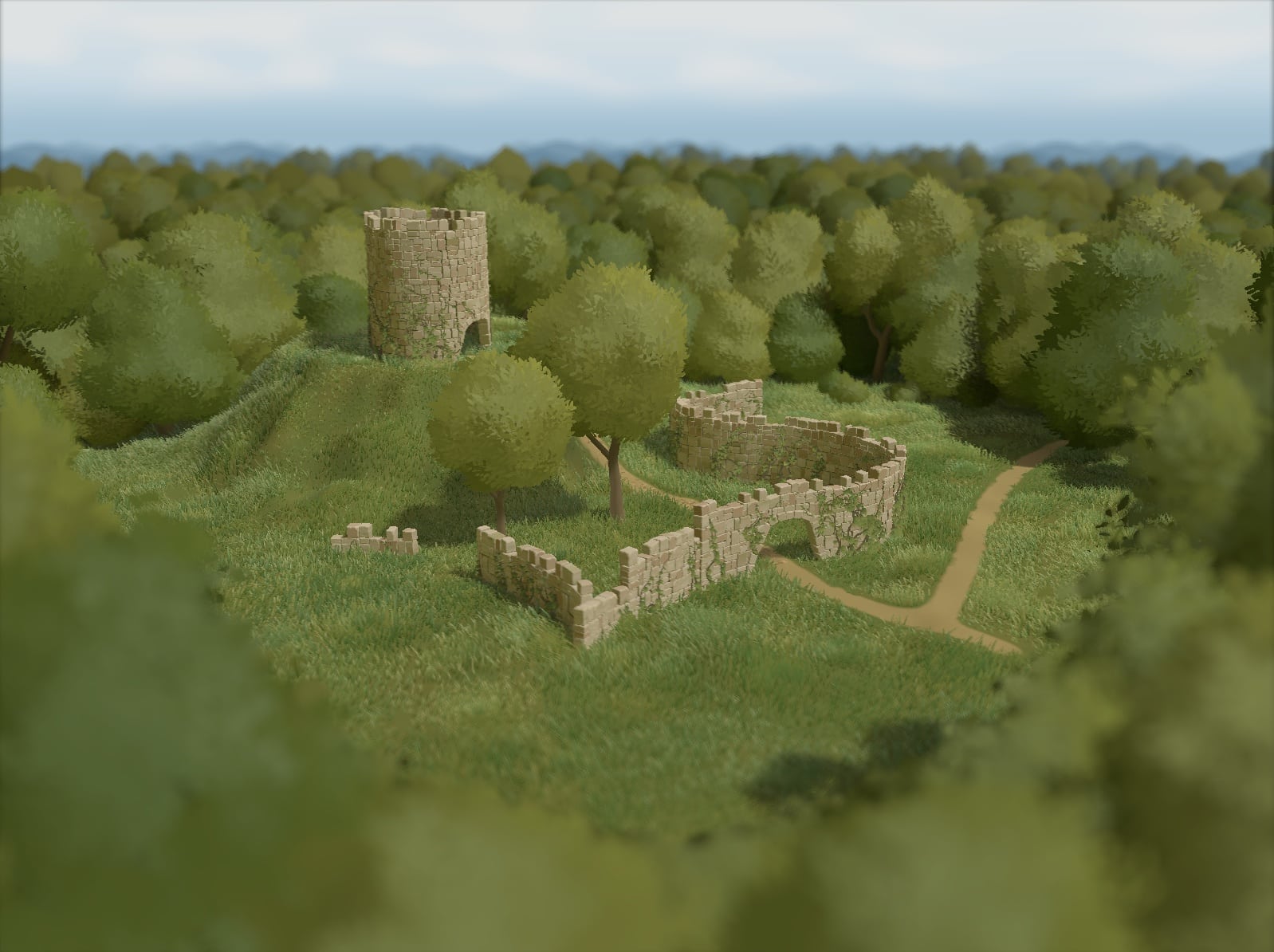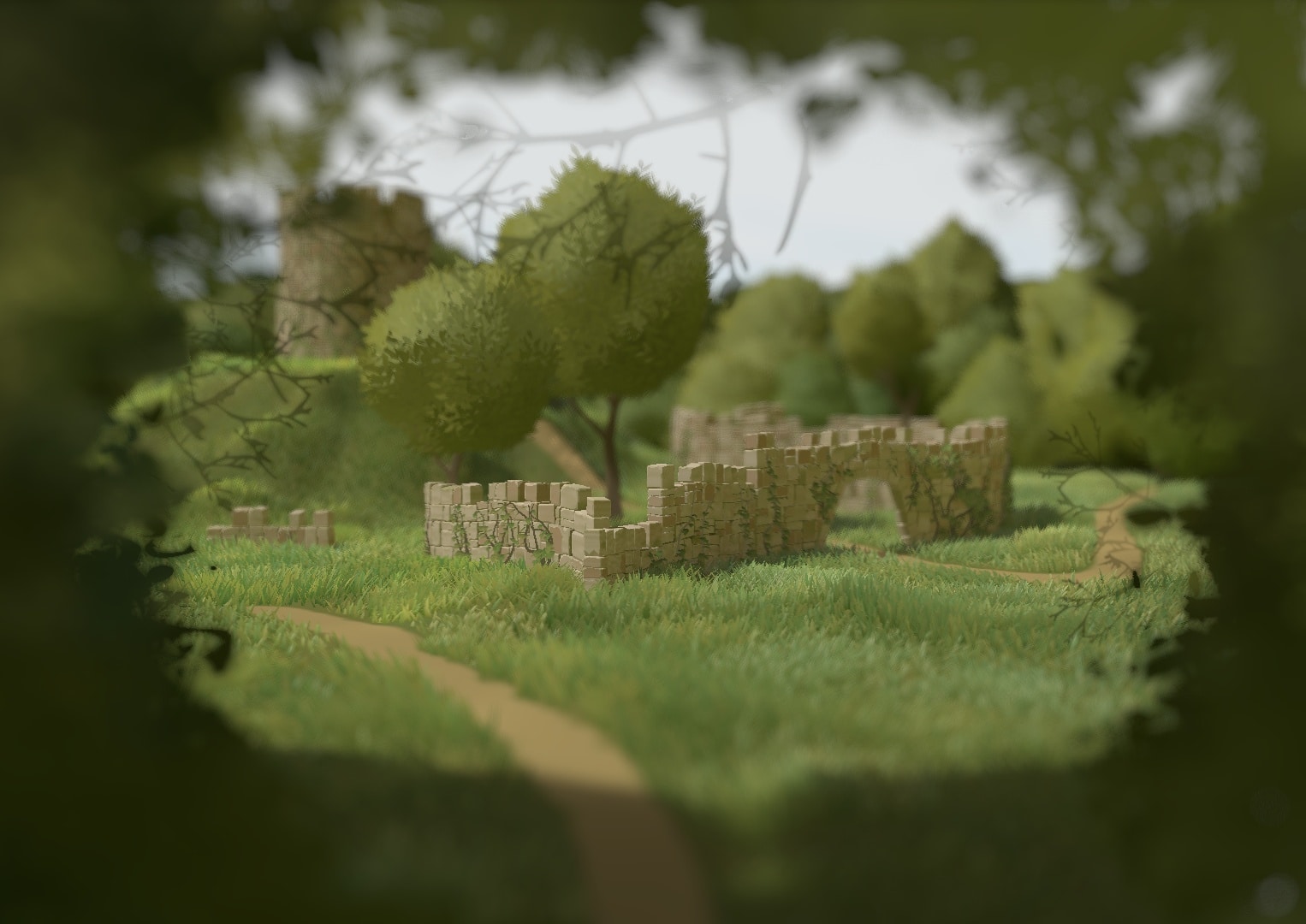opinion: An as yet unnamed construction game has made some waves on Twitter and immediately won me over with a tiny feature.
When something really bores you, the following sentence often comes up: It’s more boring than watching grass grow. I often say this, for example, when I’m waiting for the bus, stuck in a traffic jam or playing Dragon Age 2.
I may have to break the habit, though. Because, as so often happens, life has taught me otherwise. Because apparently I don’t find it the least bit boring to watch green things grow. I’ve known this ever since I saw the videos of a developer named Anastasia Opara on Twitter one day. She is currently developing her own, as yet unnamed cultivation game. And what excited me most about the videos was the growing ivy. So this:
In my tiny building game, I want your creations to exist in a world that feels alive. As a first step, I tackled ivy 🌿 As time passes, ivy grows on walls, bringing a bit of life with it✨
Brief tech overview in the🧵screenshotsaturday indiegamedev rustlang 🦀 bevyengine pic. twitter.com/fbAYKXORXj
– Anastasia Opara (@anastasiaopara) July 2, 2022
Now I’m full of anticipation and even asked the developer about what kind of game this will actually be. Here you can find out all the details and also why I am really excited about growing ivy.
Table of Contents
I see ivy growing and I’m excited
It may sound like a tiny little thing, but this detail of creeping ivy alone has me surprisingly fascinated. For it actually brought home to me how often building games fail to illustrate the passage of time as much as anything else. Of course, it is always possible to depict seasons. It happens all the time and is even relevant to the game in games like Banished or Farthest Frontier.
But in reality, the ravages of time gnaw away at all the things that man has so painstakingly churned out of the ground. Be it the slow decay through erosion, weathering or wear and tear, or just like in the little construction game, when nature does its thing. The world is never at a standstill, and even though games like Anno are masters at depicting liveliness through flying birds, the surf of the waves or, above all, moving people, the actual stars of a building game – the buildings – remain surprisingly unaffected.
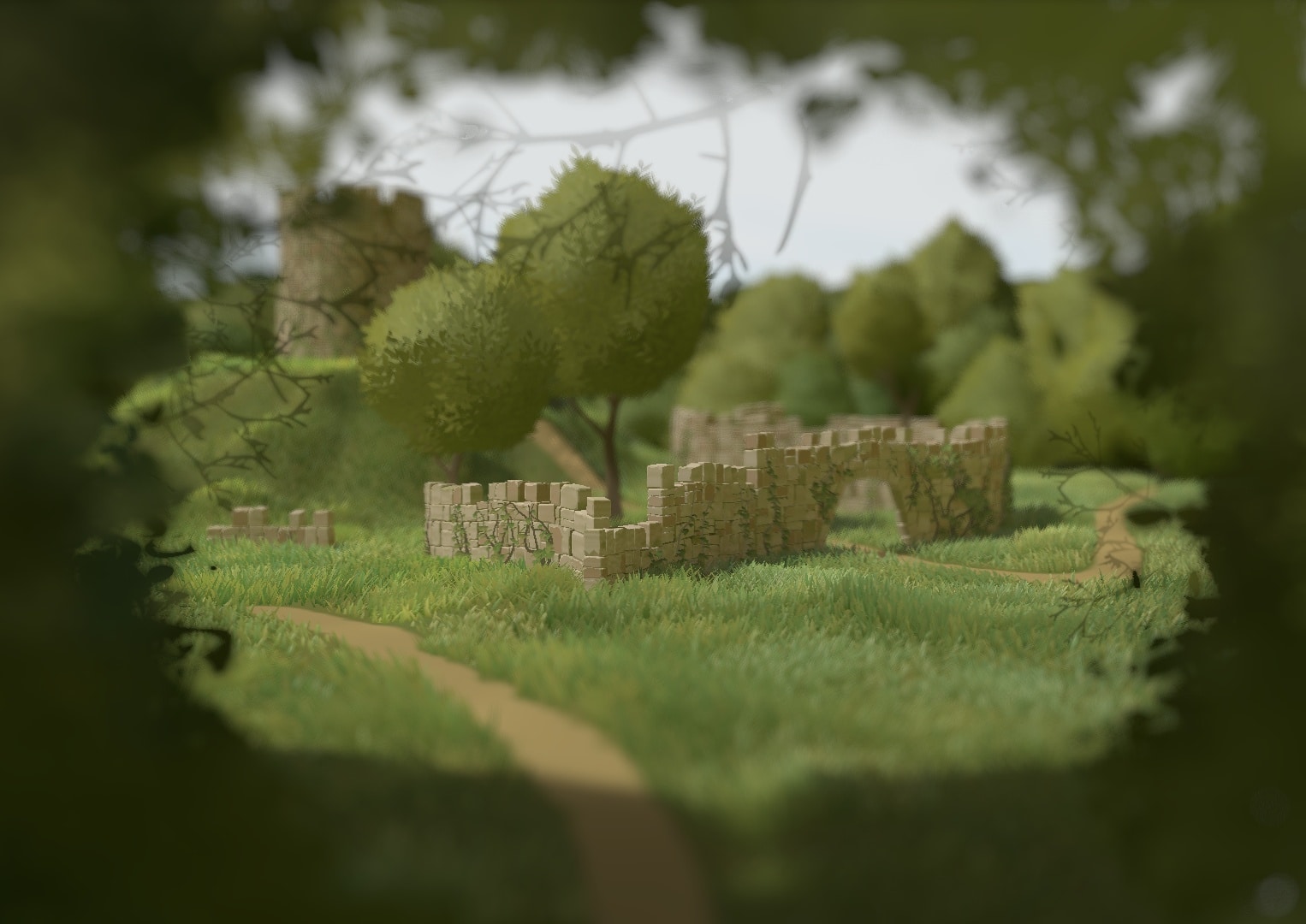
In most construction games, several years pass. In an Anno, according to logic, centuries should actually pass. And how cool would it be if, during this time, old streets began to turn green, roof tiles crumbled away or climbing plants made their way in.
In the interview, Anastasia herself told me that the ivy breathes life into her game even without living beings.
“”It is important to show small signs of life taking place in our game, apart from the input of the players. That our game is just a game and not a diorama editor. We are willing to put a significant amount of effort into showing things that are there just to please someone or draw them into the world. Ivy was the first step in giving the game a life of its own and letting it respond to your creation“”
What kind of game is this anyway?
In the end, the video with the ivy was just a first starting point for me. The moment when this construction game aroused my interest. So I tried to find out even more about it. And in fact, I am now very, very curious about the finished product. Because as Anastasia herself revealed to me, the building game by her and her partner Tom will be something similar to Townscaper – only with medieval castle ruins.
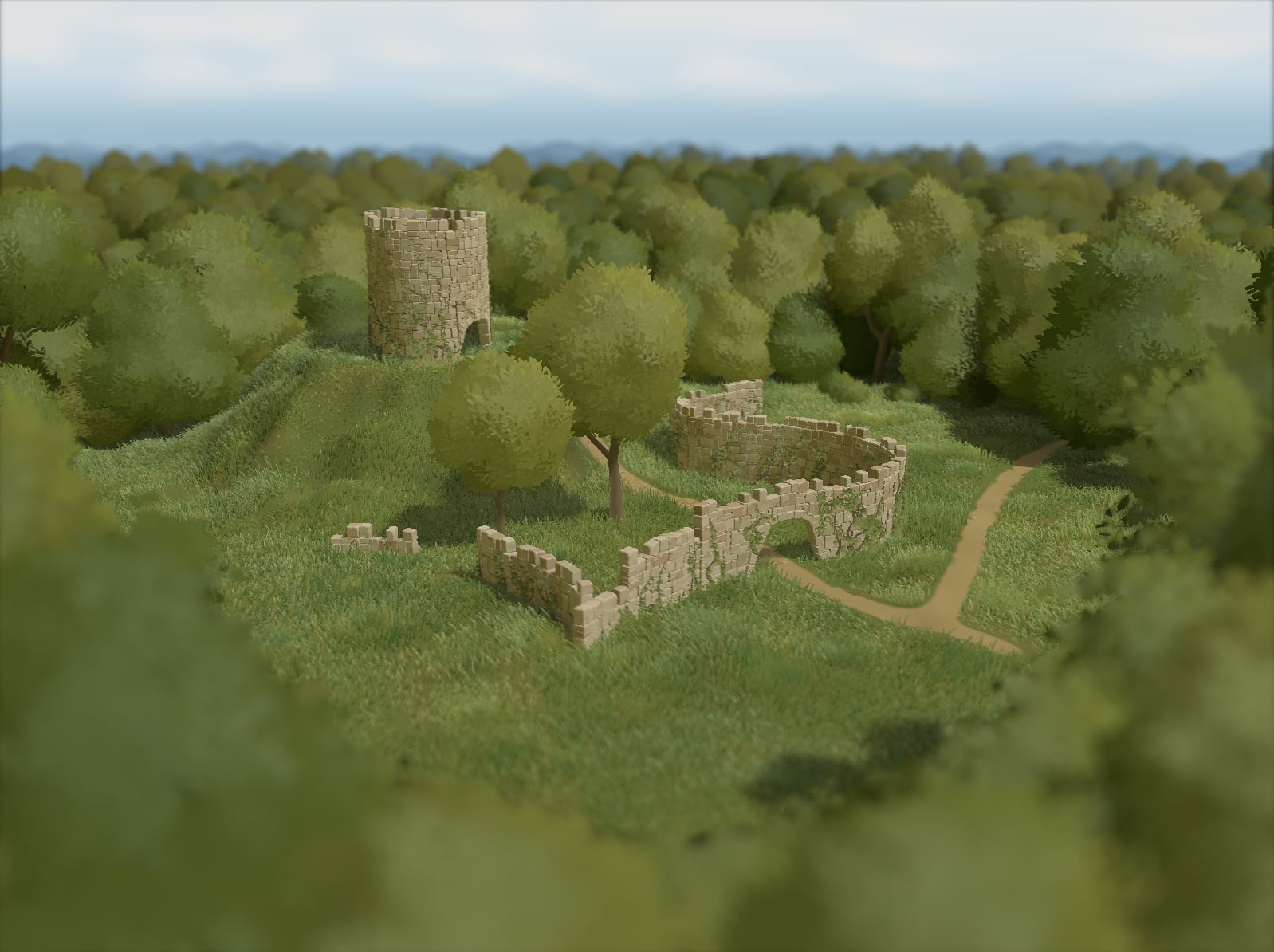
And yes, I love castles and wish there were many more pure building games with them. I wrote about that here, for example. Although I also love really complex building games like Anno and like to deal with the economy in these games, but since Townscaper and Dorfromantik I have also taken the small relaxing tidbits into my heart.
This is exactly the direction in which Anastasia’s construction game is heading. She originally started playing it in her spare time and will be devoting herself entirely to the development of this game from September at the latest.
“It all started on a single weekend and with a single wall that placed bricks individually as it was drawn. I’ve done procedural walls before so I didn’t think it would be that special. Oh boy, am I glad Twitter taught me otherwise. The project got a lot of attention. I think it was the immediacy and the free-form nature of the interaction that appealed to peoplen. “
Procedural is also the magic word behind the whole game. According to Anastasia, this technique is usually used in huge open worlds or to produce endless content, but she and her partner want to condense this into a very small space.
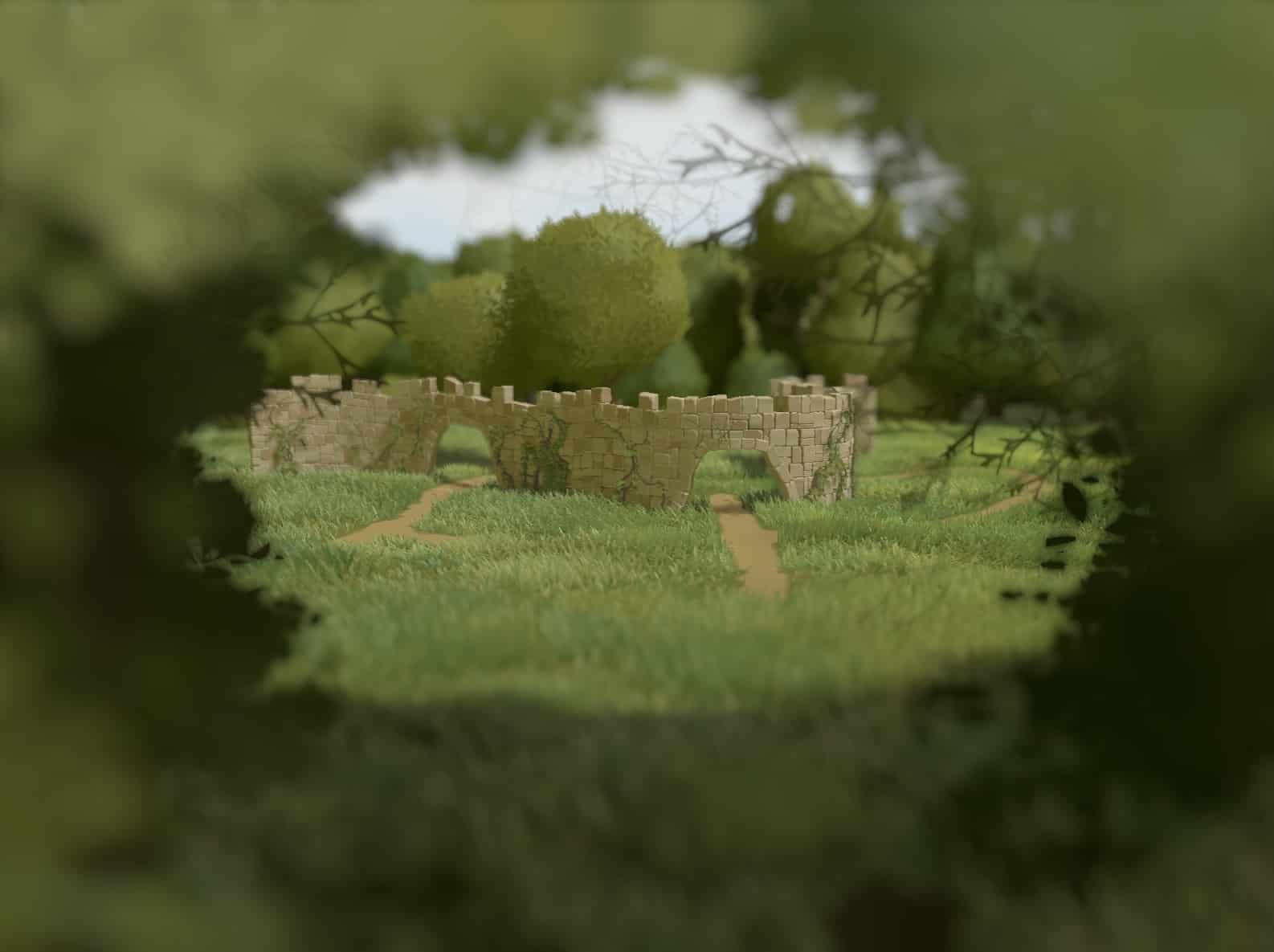
How does it play?
The most important thing to understand is that there is no challenge in the construction game. The construction game is supposed to be completely without economy, commodity chains or even battles. Instead, the procedural technology ensures that the process of building itself excites us. There is something fascinating about seeing how your own vision becomes reality with creative deviations.
While in normal construction games we basically just put one building next to the next, in Anastasia’s construction game everything adapts to the environment and to each other. We paint a wall that is supposed to reach over a hill as if with a brush and the game makes sure that the course looks natural.
I’ve spent the past month bringing colour (and grass! ) to my tiny building game 🌿🏰 It’s still very early, but starting to get somewhere 🙌😌screenshotsaturday gamedev indiegamedev rustlang 🦀 opengl bevyengine procgen pic. twitter.com/cmsuAcq5xN
– Anastasia Opara (@anastasiaopara) March 5, 2022
We should even be able to draw roads in the landscape without any problem. If they cross a section of wall, an archway is created. Often, at the beginning, you don’t really know what the game is actually procedurally generating. Decorations such as water lilies on a pond emerge on their own while we leisurely draw away.
“”Even though it’s a virtual world, it should feel alive and react to what you do. Ducks bob in a pond, sheep wobble between the walls you’ve placed there. Even the mouse cursor is part of it. It can comb gently through the tall grass, attract butterflies, or scare birds with quick movements“”
~ Anastasia Opara
This all sounds like a game that is perfect for calming down and enjoying the moment after yet another far too stressful round of Anno. The atmosphere of a lazy summer day at the lake is to be created here, as Anastasia says.
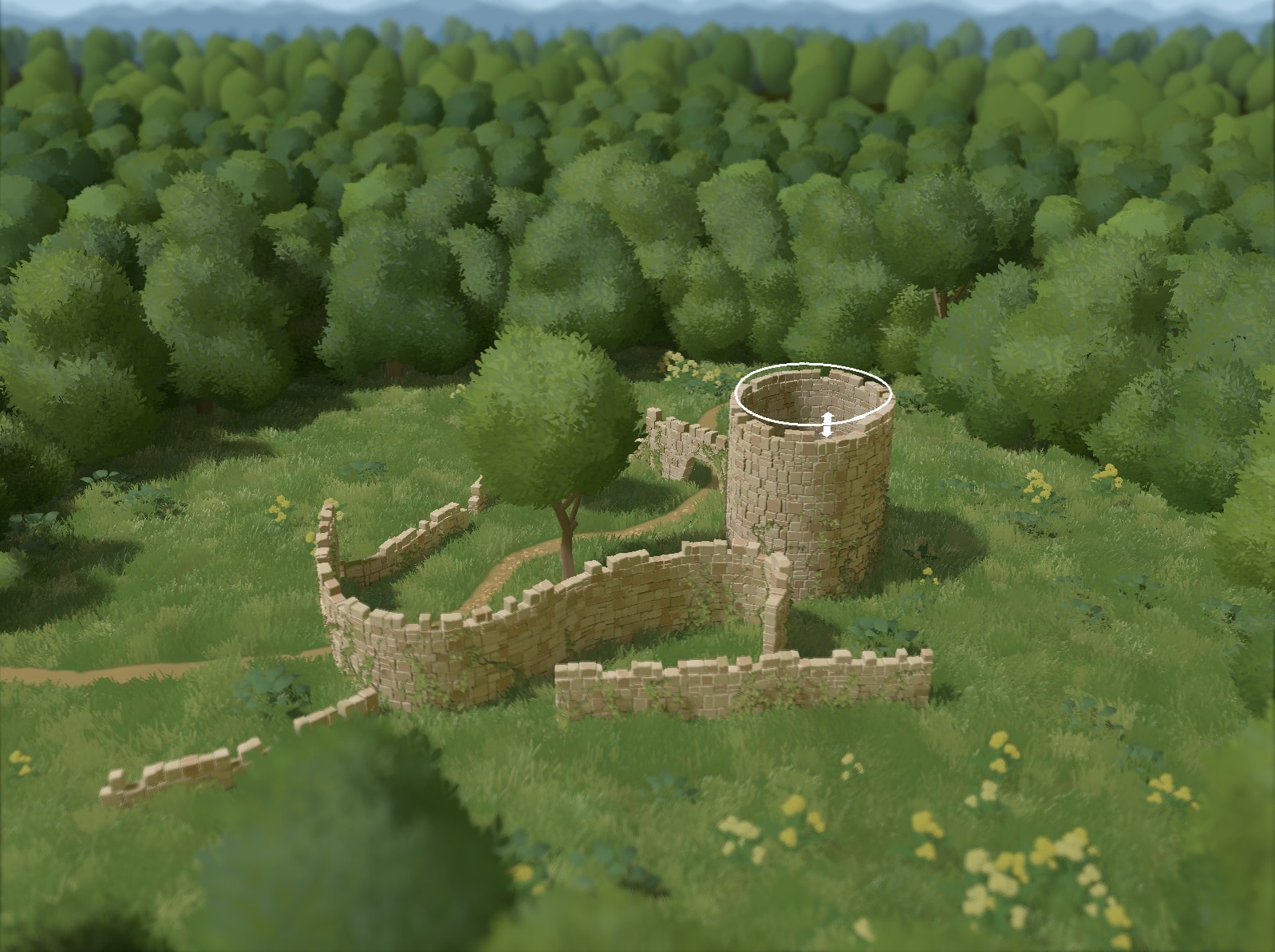
When will this come out?
For almost ten months now, the two developers have been working on their laid-back, nameless building game. Of course, the development went even slower while it was a purely recreational project. But since things are supposed to start in earnest in September, the pace may accelerate accordingly.
Even though they want to measure purely on the quality of the game and no release date is set in stone, Anastasia and Tom are aiming for a release towards the end of 2023 or early 2024. To keep themselves on track, as Anastasia says, not to put pressure on themselves.
“”We want to sell it on Steam and hope it will do well. But you never know. But no matter what, we will learn a lot for future projects. At the end of the day, if the game puts a smile on some faces, takes them out of their hectic schedules or cheers them up after a lousy day – then we are a happy developer Paar.””

